The Ultimate Guide To Companion Herbs: Which Herbs Grow Best Together
Introduction
Herbs are a great way to add flavor, aroma, and color to your food. They can also be used for medicinal purposes, and they can even help to deter pests. But did you know that certain herbs can also benefit each other when they are planted together? This is called companion planting.
Companion planting is the practice of planting different types of plants together in order to create a mutually beneficial relationship. Some herbs can attract beneficial insects, while others can deter pests. Some can improve the flavor of other herbs, while others can help to improve the soil quality.
In this blog post, we will discuss the benefits of companion planting and provide a list of some of the best companion herbs. We will also discuss some of the herbs that should be avoided planting together.
Benefits of Companion Planting
There are many benefits to companion planting, including:
- Improved plant growth and health
- Reduced pests and diseases
- Increased pollination
- Increased yields
- Enhanced flavor
- Improved soil quality
Best Companion Herbs
Here are some of the best companion herbs:
- Basil and tomatoes: Basil helps to repel tomato hornworms, and it also enhances the flavor of tomatoes.
- Chives and roses: Chives help to repel aphids, and they also improve the flavor of roses.

- Cilantro and carrots: Cilantro helps to repel carrot flies, and it also improves the flavor of carrots.
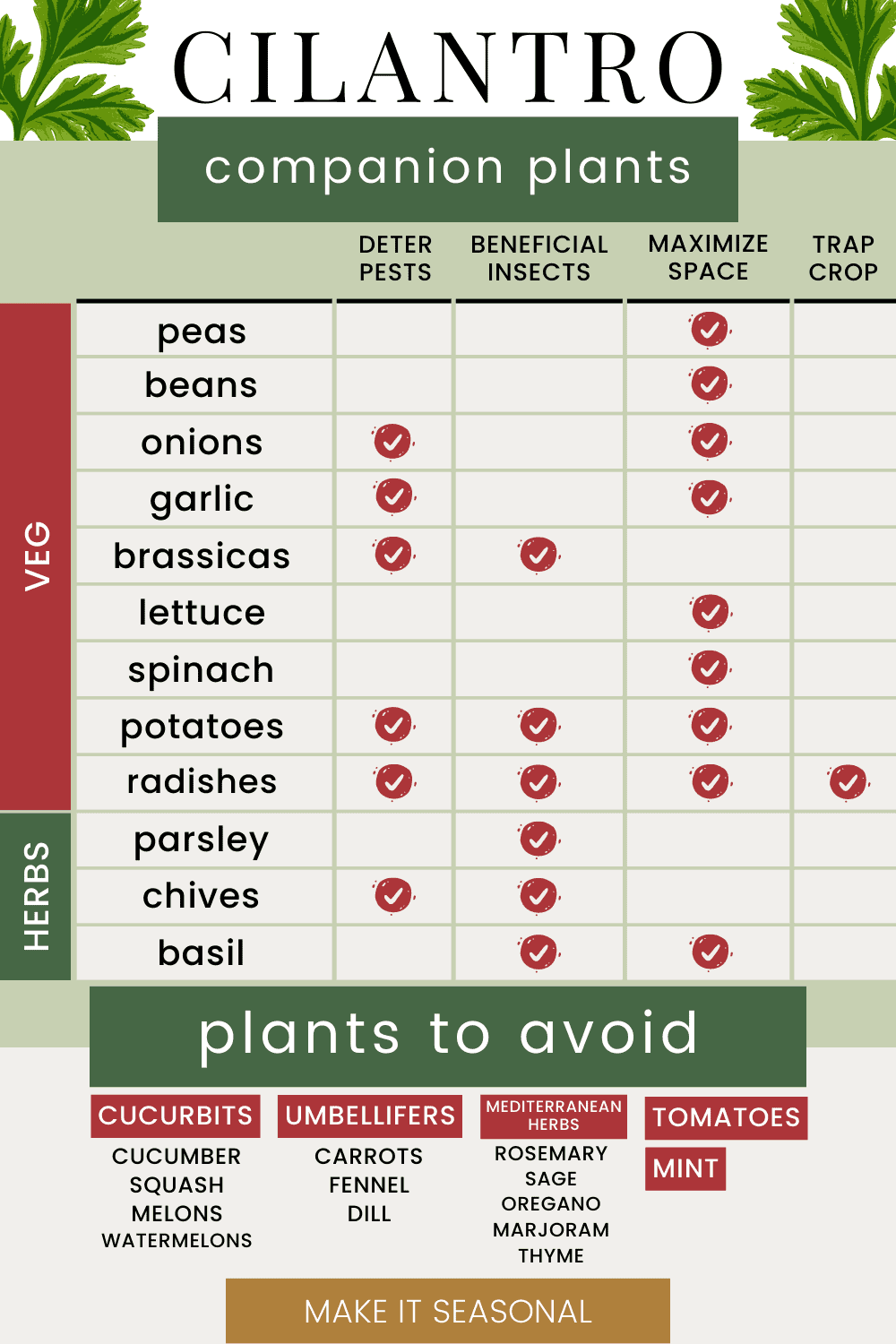
- Dill and beans: Dill helps to attract beneficial insects that help to pollinate beans.

- Lavender and rosemary: Lavender and rosemary are both drought-tolerant herbs that can help to improve the flavor of each other.
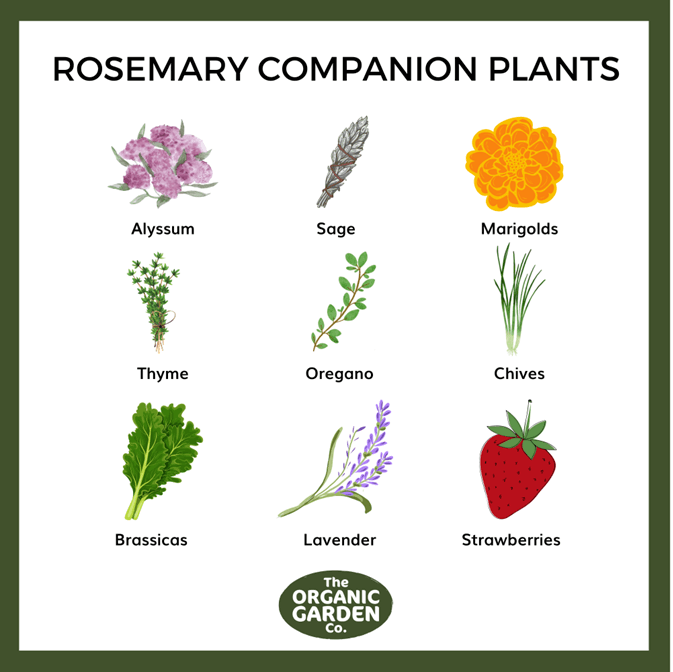
- Mint and strawberries: Mint helps to repel slugs and snails, and it also improves the flavor of strawberries.

- Parsley and tomatoes: Parsley helps to improve the flavor of tomatoes, and it also attracts beneficial insects that help to control pests.
- Thyme and onions: Thyme helps to repel onion maggots, and it also improves the flavor of onions.
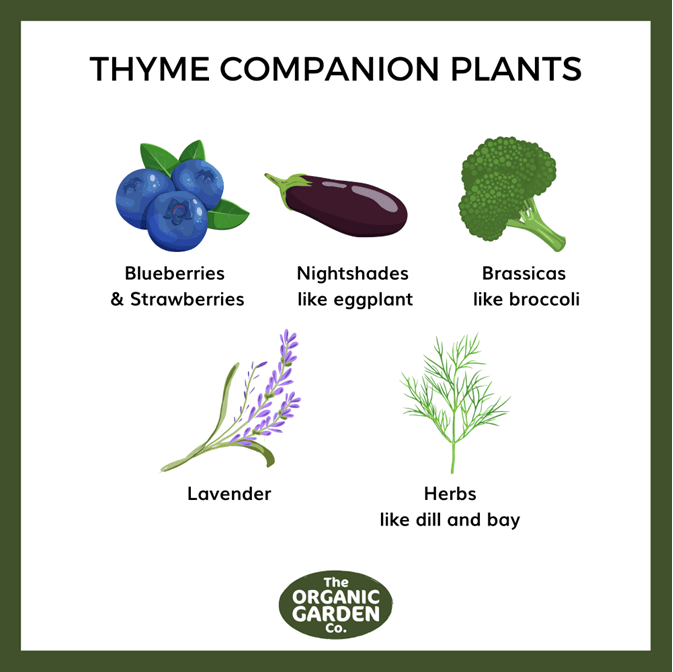
Herbs to Avoid Planting Together
There are a few herbs that should be avoided planting together, including:
- Basil and fennel: Basil and fennel compete for the same nutrients, so they should not be planted together.
- Cilantro and dill: Cilantro and dill produce chemicals that can stunt each other's growth, so they should not be planted together.
- Mint and anything else: Mint is a very invasive plant, so it should not be planted near any other plants that you don't want it to take over.
Conclusion
Companion planting is a great way to improve the health and productivity of your herb garden. By planting the right herbs together, you can help to attract beneficial insects, deter pests, and improve the flavor of your herbs.
I hope this blog post has given you some ideas for companion planting in your own herb garden. If you have any questions, please feel free to leave a comment below.
Companion planting is a great way to improve the health and productivity of your garden. By planting certain herbs together, you can help to deter pests, attract beneficial insects, and improve the flavor of your vegetables.
If you're interested in learning more about companion planting, I recommend visiting Home Gardening. This website has a wealth of information on the topic, including lists of compatible herbs, tips for planting, and success stories from other gardeners.
FAQ of companion herbs
- What are companion herbs?
Companion herbs are plants that are beneficial to each other when planted together. They may attract beneficial insects, repel pests, or improve the flavor or growth of each other.
- What are some good companion herbs for each other?
Here are some examples of good companion herbs for each other:
Mediterranean herbs: Lavender, oregano, marjoram, rosemary, sage, and thyme all tend to do well together, as they require many of the same growing conditions.
Damp herbs: Basil, cilantro, tarragon, and parsley are all good companions for each other, as they all prefer moist soil.
Aromatic herbs: Chives, mint, and garlic are all aromatic herbs that can help to repel pests.
Leafy herbs: Lettuce, spinach, and Swiss chard can all be planted together, as they will not compete for space or nutrients.
How do I plant companion herbs?
When planting companion herbs, it is important to consider their individual needs for sunlight, water, and soil type. You should also plant them in a way that takes advantage of their beneficial qualities. For example, you might plant basil and tomatoes together, as basil can help to repel tomato hornworms.
- What are some benefits of companion planting?
There are many benefits to companion planting, including:
Increased crop yields
Improved plant health
Reduced pest problems
Enhanced flavor
Where can I find more information about companion planting?
There are many resources available to learn more about companion planting. Here are a few suggestions:
- The book "The Vegetable Gardener's Companion" by Louise Riotte
- The website of the Herb Society of America
- The website of the University of California Cooperative Extension
Image of companion herbs
10 different images of companion herbs that are free to use:
- Basil - repels mosquitoes and other pests, attracts pollinators
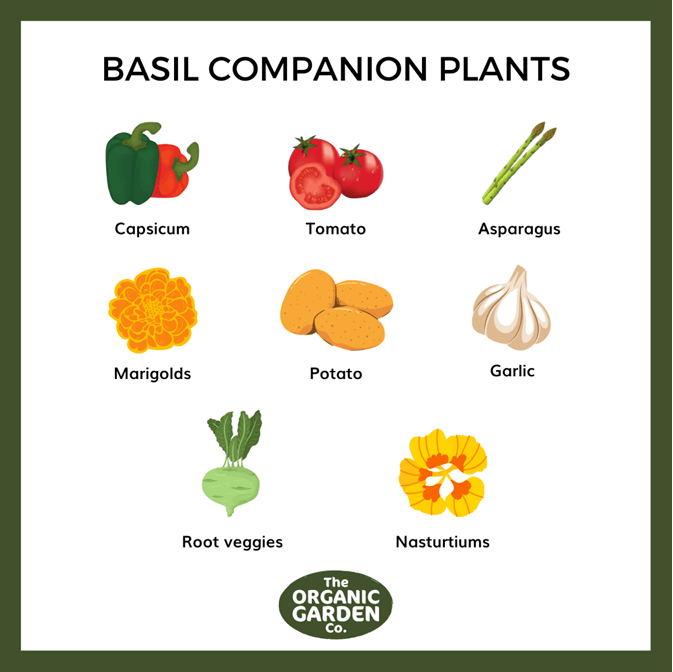
- Chives - repels aphids, carrot flies, and onion maggots
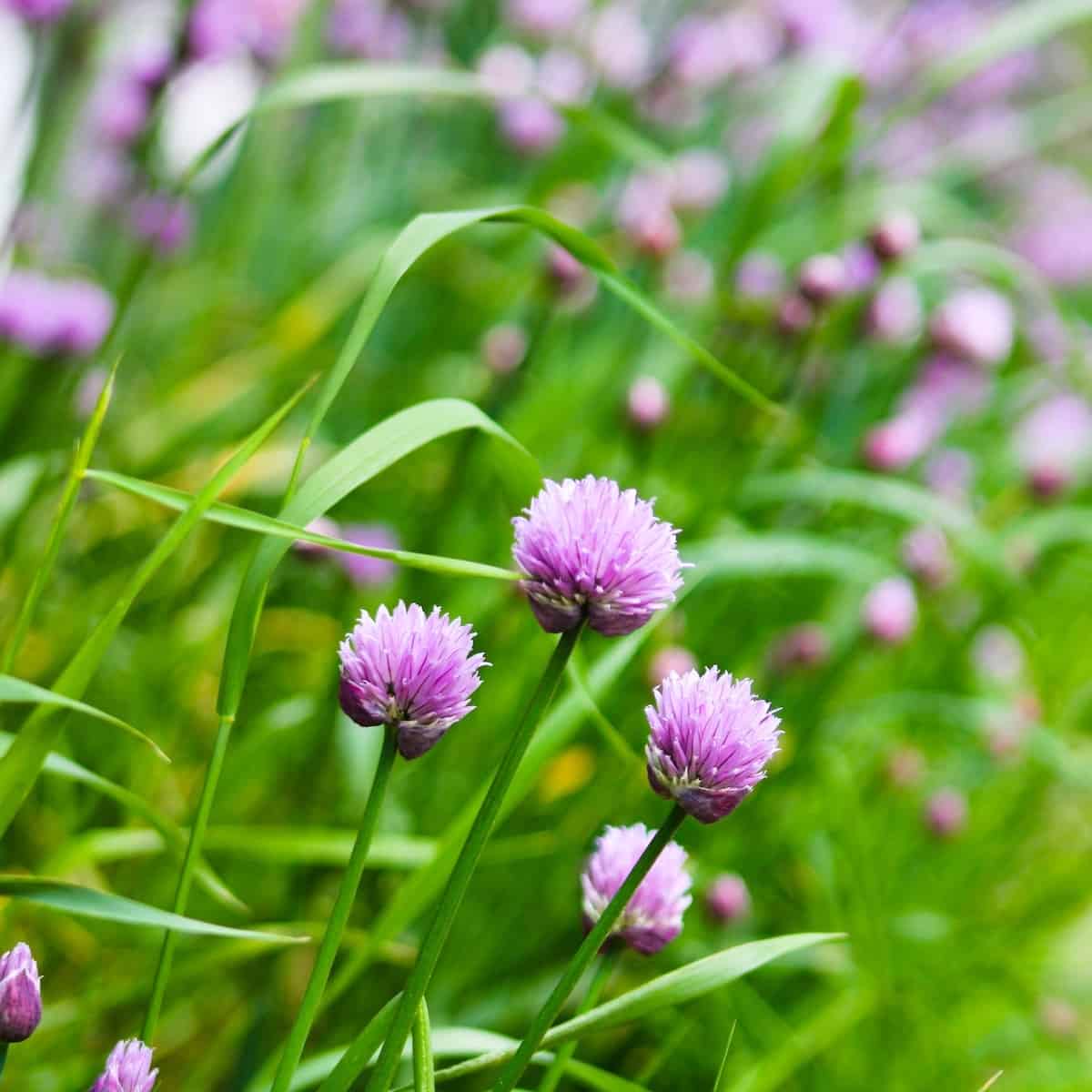
- Cilantro - repels aphids, spider mites, and whiteflies
- Dill - repels carrot flies, cabbage moths, and spider mites
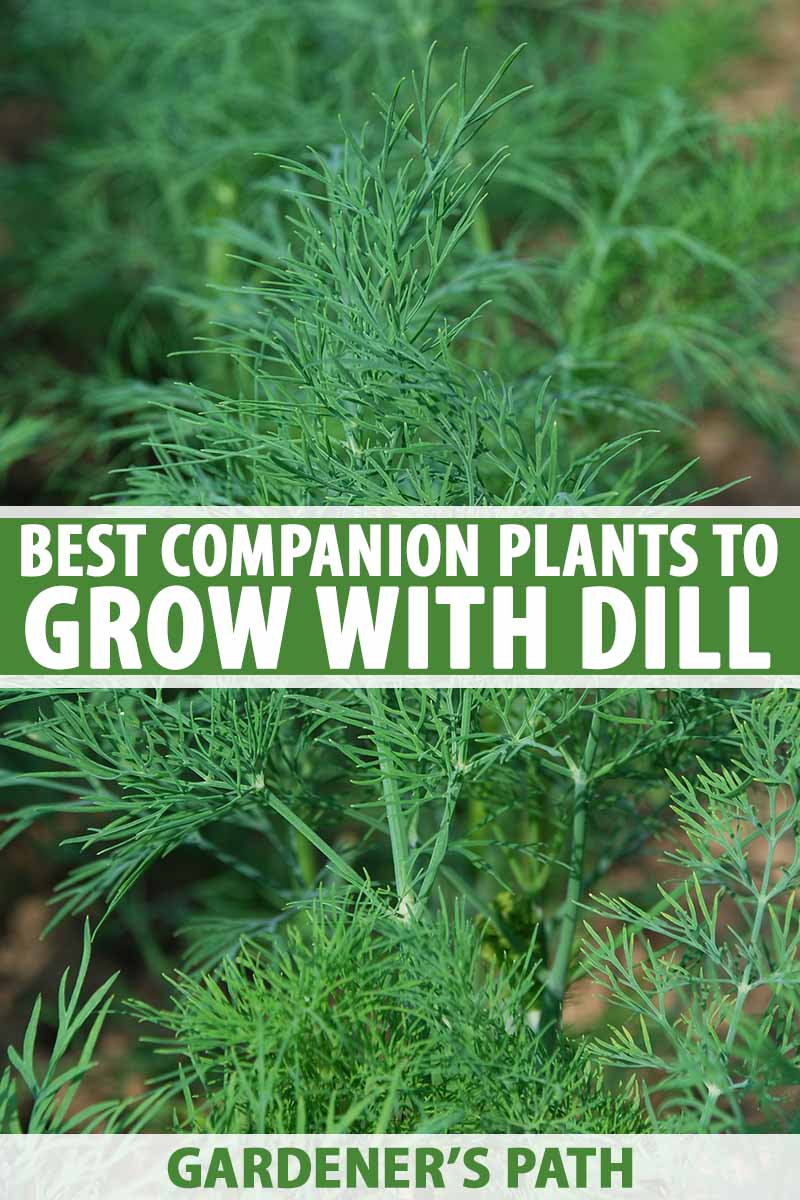
- Garlic - repels aphids, cabbage moths, and tomato hornworms

- Lavender - repels mosquitoes, moths, and ants

- Marigolds - repels aphids, beetles, and nematodes
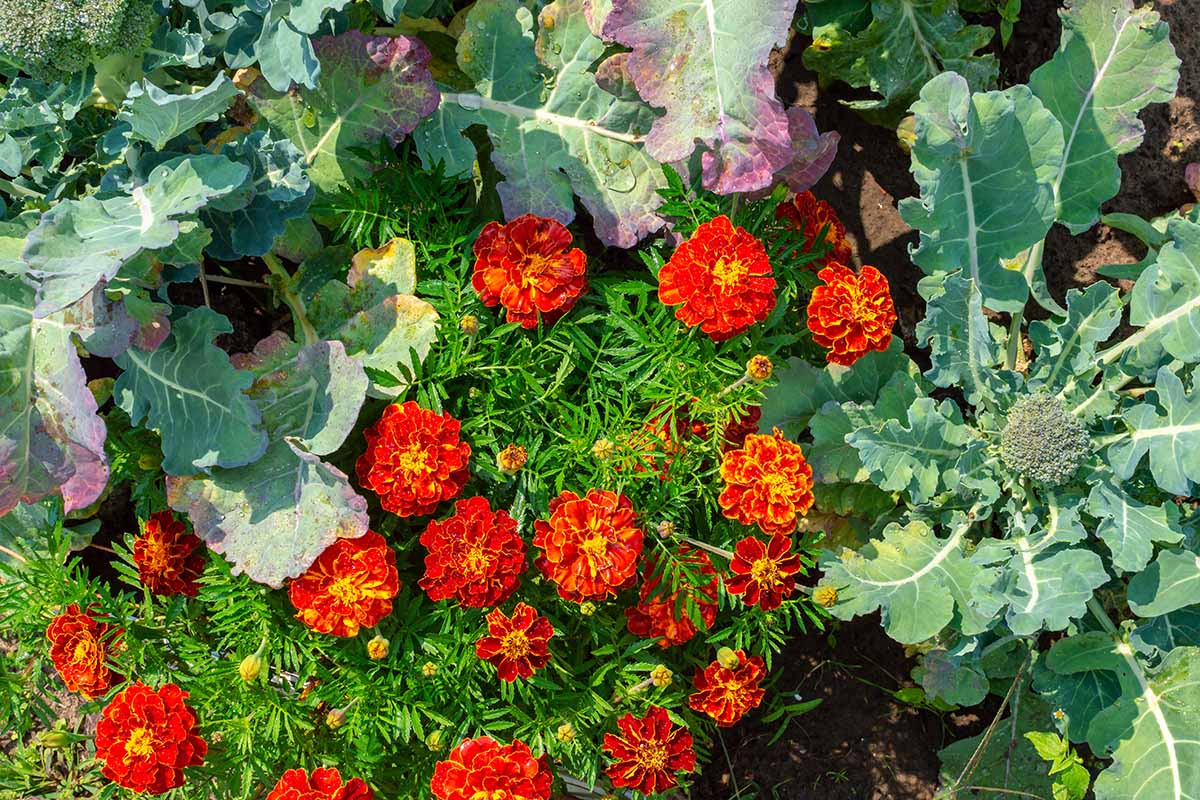
- Nasturtiums - repels aphids, cabbage moths, and spider mites
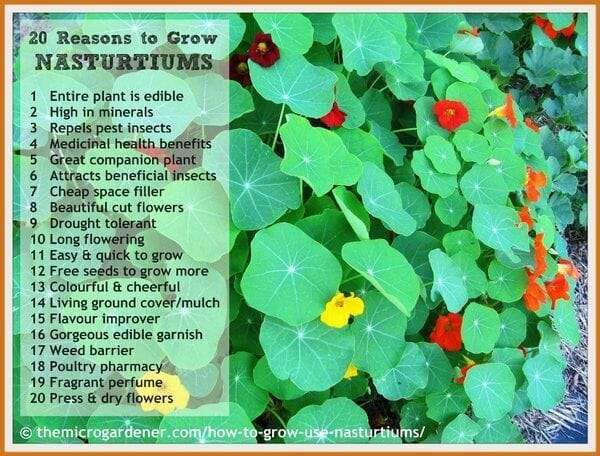
- Peppermint - repels ants, mosquitoes, and spiders
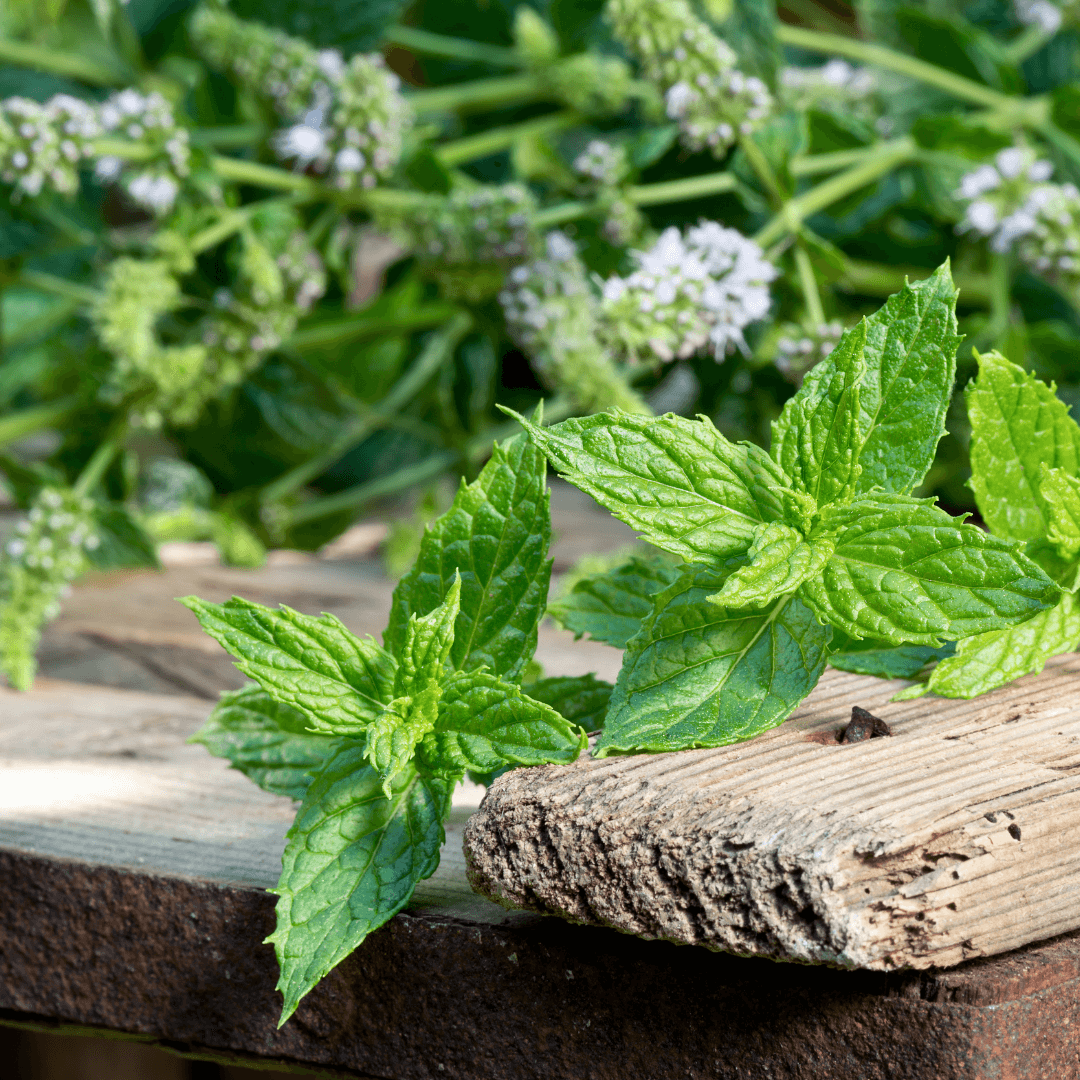
- Rosemary - repels cabbage moths, carrot flies, and mint beetles

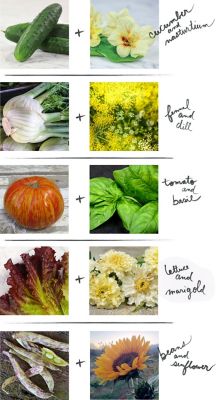
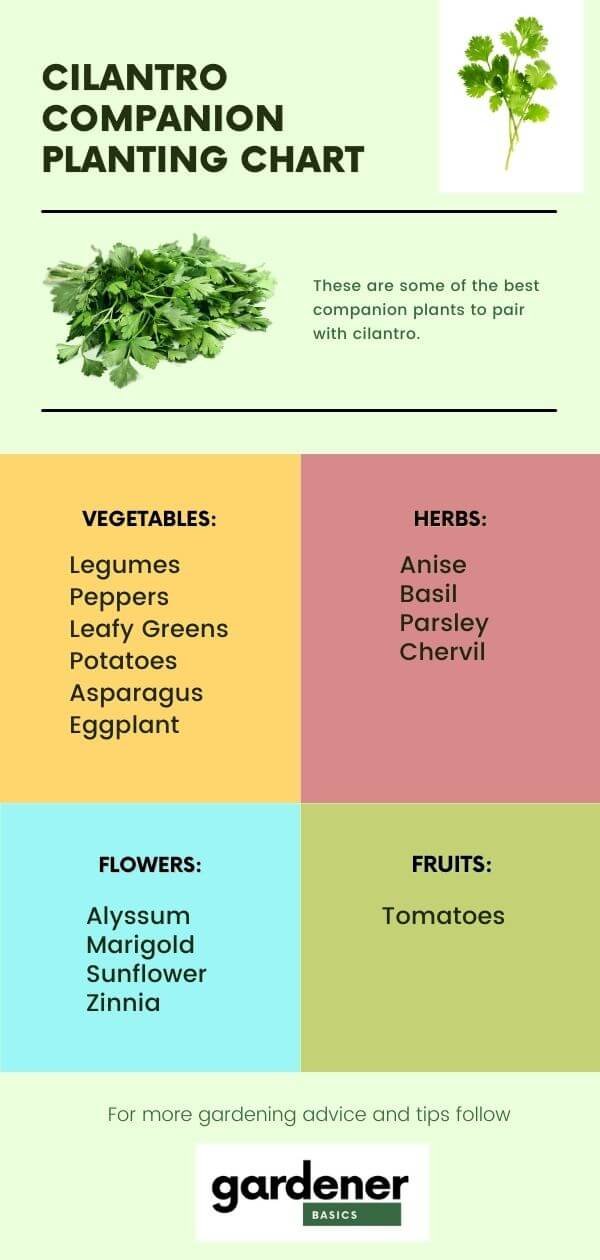
Post a Comment for "The Ultimate Guide To Companion Herbs: Which Herbs Grow Best Together"